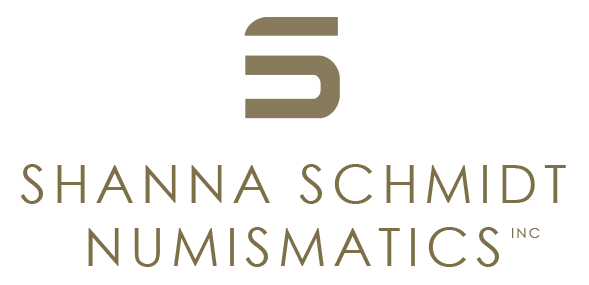Judaea, First Jewish War. Jerusalem, Year 2 = April 67 - March 68 CE
Judaea, First Jewish War. Jerusalem, Year 2 = April 67 - March 68 CE
AR Shekel, 14.11g (22mm, 12h).
Omer cup with beaded rim, date above; "Shekel of Israel" in Paleo-Hebrew script around / Sprig of three pomegranates; "Jerusalem the Holy" in Paleo-Hebrew script around
Pedigree: This coin published in R. Deutsch, Jewish Coinage During the First Revolt Against Rome 66–73 CE (Tel Aviv, 2017); Ex Edward J. Waddell, Fixed Price List 68, 1996, no. 68; Ex NFA XXVIII, 23 April 1992, lot 161 (plate coin)
References: Deutsch 108 (O7/R103, this coin); Hendin GBC 6, 6387; Hendin GBC 5, 1358; TJC 193; Sofaer 5-8
Grade: Good Extremely Fine; pleasant old cabinet tone with attractive iridescence
gk1891c
Scroll down for more information about this coin.
The first Jewish-Roman war took place from 66-73 CE starting during the reign of Nero and ending in the reign of Vespasian. Titus, the son of Vespasian, led the siege and destroyed the temple in Jerusalem. Coinage of the Jewish people is primarily bronze and was used for daily necessities. The coinage from the two revolts, this and the Bar Kochba revolt, large silver shekels were struck with a Omer cup on the obverse and a sprig of three pomegranates on the reverse. The coinage is a huge departure from what was normally circulating amongst the Jews. This particular coin was struck in the second year of the Revolt. The culmination of the revolt was a tragedy for the Jews. The Roman destroyed the temple, took the spoils back to Rome and used the funds to build the Colosseum which still stands today.

